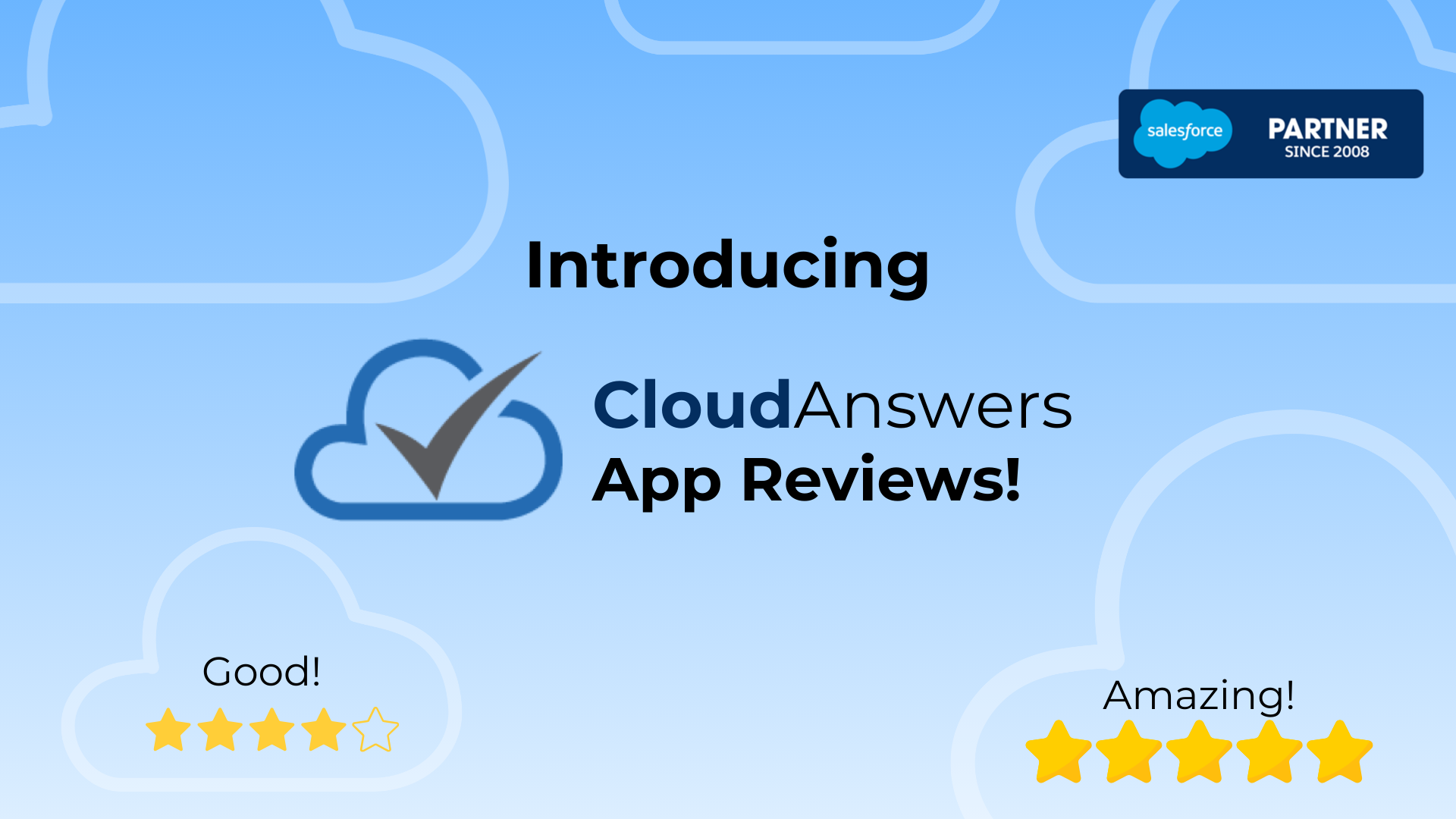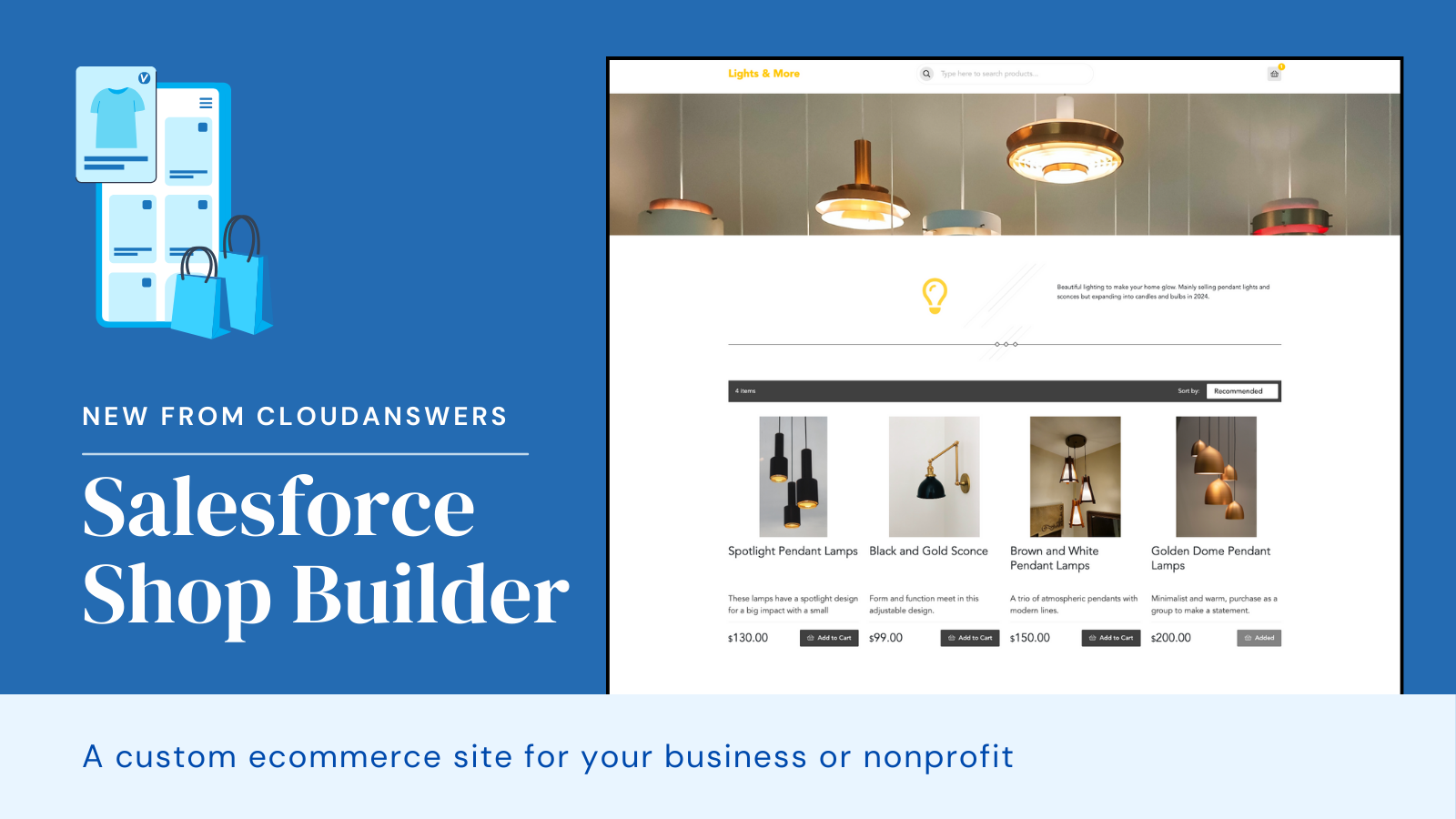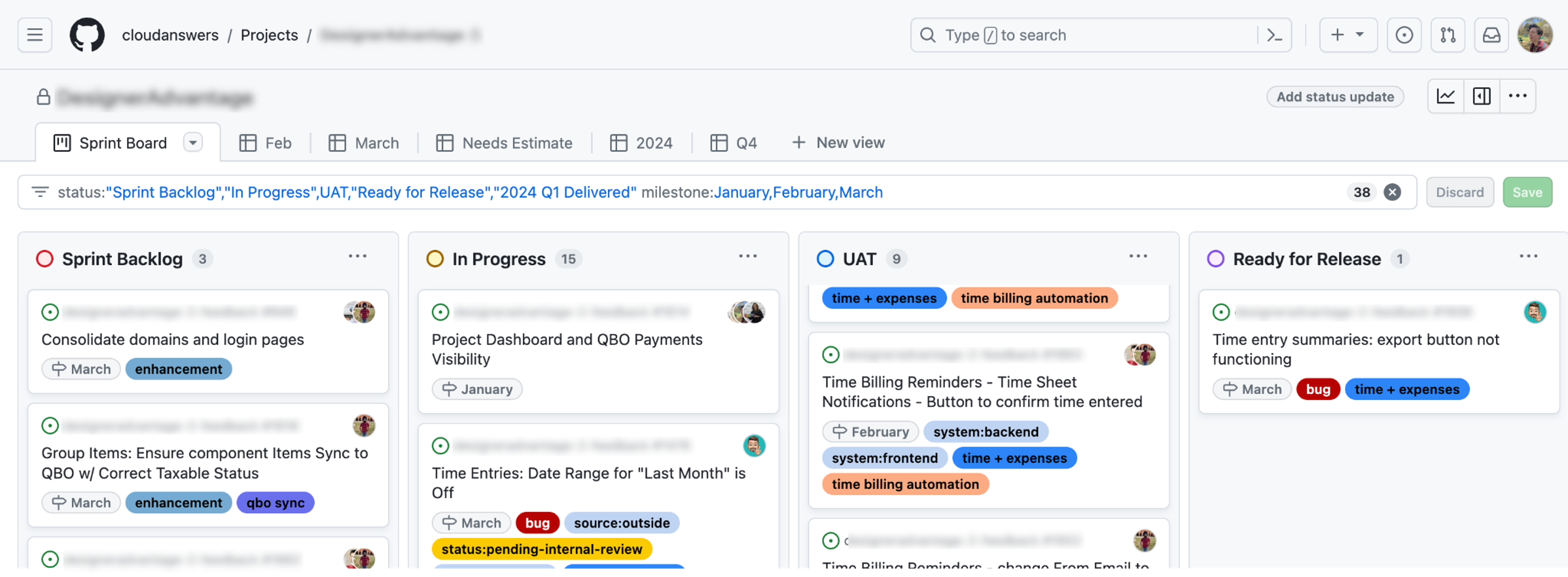
New: AppExchange Review Series
As a long-time Salesforce partner (since 2008) on both the consulting and AppExchange side, we realized we have a wealth of experience building, installing, configuring, and using AppExchange apps. Our consulting customers often come to us with questions about which app would solve a particular problem, and as part of our AppExchange business, we often try apps to learn what to do (and not to do) when building our own. So, we’re starting a new series where we give you in-depth reviews on AppExchange apps.
The Review Process
After choosing what we will review, we install it in a developer org, taking screenshots and notes of anything important along the way. After the installation, we consult the documentation to complete any configuration necessary for the application we’re testing. Once the setup is complete, we navigate to the application via the app launcher or follow the application instructions to start testing it. Some apps require us to set up some data to test properly, i.e., Contact/Account records, Apex classes, etc. Once that is done, we start running scenarios that we’ve encountered with customers before or make based on our experience. We take screenshots and notes of our experiences and compare the application to alternatives to see how it handles against the competition.
Rating Categories
To rate the apps, we’ll be using a version of the judging scale that we’ve used for a lot of our internal hackathons and rating apps in five categories:
Functionality: How well the software meets its intended purpose and functionality, how well the features work, and the range and depth of features it offers.
Innovation: Uniqueness of the problem they’re solving, the technology used to solve the problem, and the user experience.
User Interface (UI) and User Experience (UX): The overall quality and refinement of the software, especially the user experience, installation and setup process, and overall attention to detail.
Support and Documentation: Availability and quality of customer support, including documentation, user guides, responsiveness to inquiries, and the presence of an active user community or help resources.
Security: Data protection, compliance with GDPR and other regulations, and technology best practices.
Value for Money: How much value the app provides to an organization compared to the cost of the app, including implementation, support, and maintenance.
Coolness: Even though it’s business software, we think the best software has a coolness factor. Coolness is based on the appeal and attractiveness of the software, including the design, user interface, and features that stand out and engage users.
Rubric
We use the following criteria to determine our score for each category.

Based on the total score, apps will be categorized as Excellent (35-40 points), Good (28-34 points), Satisfactory (21-27 points), Needs Improvement (14-20 points), or Poor (7-13 points).
Why Check Out Our Reviews?
With our detailed reviews, you can:
- Discover new and innovative apps that can enhance your Salesforce experience.
- Save time by narrowing down your options based on our expert assessments.
- Make informed decisions by understanding each app's strengths and weaknesses.
- Stay up-to-date with the latest trends and updates in the Salesforce ecosystem.
Related Articles

Product Launch: CloudAnswers Shop Builder
Are you looking for an easy way to launch an ecommerce shop? Our new app, Shop Builder, is now in public beta! We’re looking for companies that want to build an online shop but don’t want to spend thousands building it out.
April 12, 2024
5 Min Read

A Day in the Life of a Project Manager at CloudAnswers
I'm Emily, and I've been a project manager at CloudAnswers for the last two years. It can be a nebulous role, but I like to say I act as a bridge between the product vision and tangible results, whether that is building a custom app for a client or one of our own Salesforce products. My typical day revolves around managing tasks, ensuring progress, and maintaining standards while adhering to project timelines.
March 22, 2024
5 Min Read

Create a Custom Lightning Component for Alert and Confirm Dialogs
As front-end developers, there can be numerous instances when we need to display a prompt, a confirm dialog, or a confirm dialog with some input control to accept some value from the user. If you happen to be a Salesforce developer reading this article, you must have had such a requirement while writing lightning components.
March 4, 2024
6 Min Read

